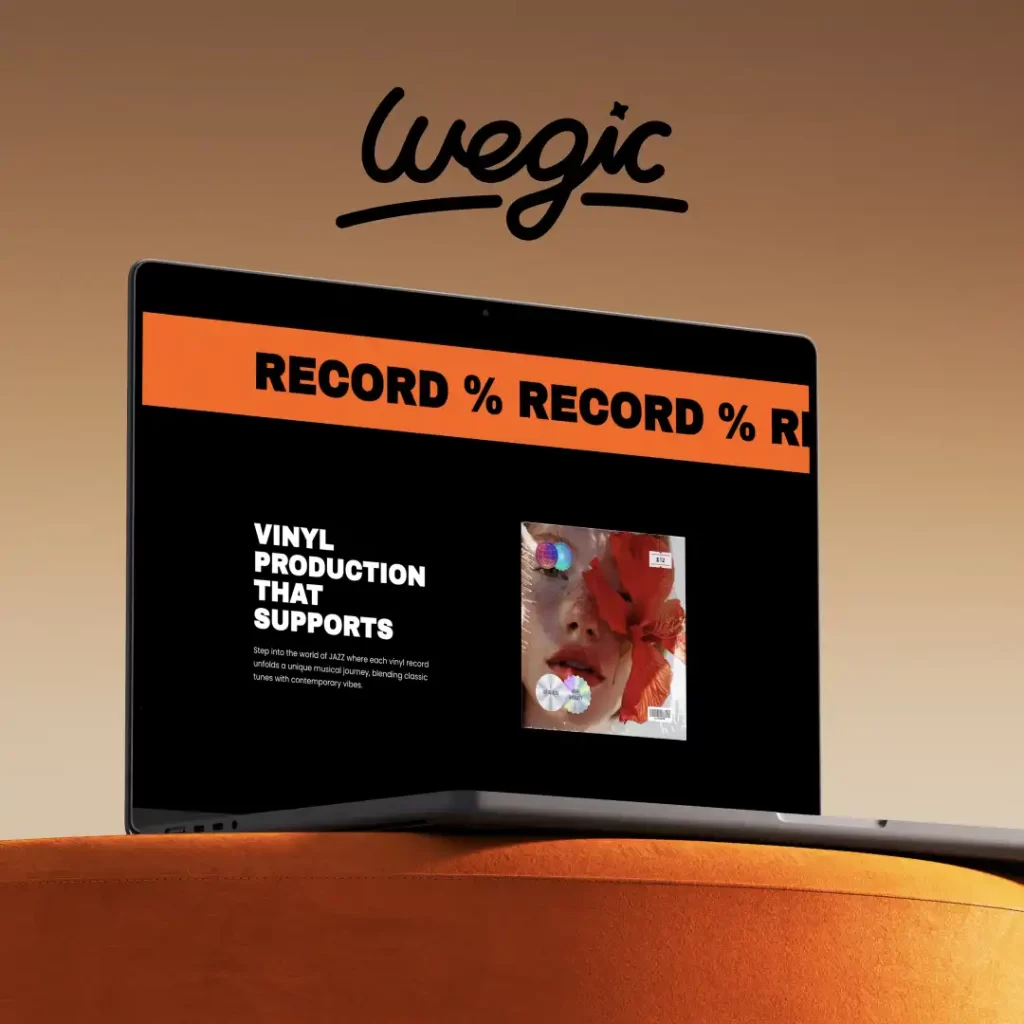Google Sans Overview
As a small business owner, creating an online presence is essential in today’s digital world. A website serves as a virtual storefront where potential customers can learn more about your products or services, contact you, and ultimately make a purchase. However, building a professional-looking website can be daunting, especially if you don’t have any technical skills or experience.
Google Sans is a font created by Google and used across various products and services offered by the tech giant. The font was officially introduced in 2018 and has since gained popularity for its clean and modern design. In this article, we will explore the origins of Google Sans, its characteristics, and its impact on the design world.
Origins of Google Sans
Google Sans was developed by Google’s material design team, led by Jonathan Jarvis and Rod Cavazos. The font was created with the goal of providing a consistent and cohesive typography system for all Google products and services. Google Sans is part of Google’s larger material design language, which aims to create a unified and intuitive user experience across all of Google’s platforms.
The development of Google Sans took several years, with the material design team carefully refining the font to ensure that it met the design requirements of Google’s various products. The team drew inspiration from a variety of sources, including classic geometric sans-serif fonts like Futura and Univers, as well as more modern typefaces like Roboto, which is another popular font created by Google.
Characteristics of Google Sans
Google Sans is a versatile and modern font that is designed to be easy to read on screens of all sizes. The font features clean lines and a simple, geometric design that gives it a timeless and professional look. Google Sans is a sans-serif font, which means that it does not have the small decorative lines at the ends of the strokes that are characteristic of serif fonts.
One of the key characteristics of Google Sans is its versatility. The font is available in a variety of weights and styles, including regular, bold, and italic, which allows designers to use it in a wide range of applications. Google Sans is also designed to be easily scalable, which means that it looks good at both small and large sizes, making it ideal for use in everything from mobile apps to billboards.
In addition to its clean and modern design, Google Sans is also optimized for readability. The font features generous letter spacing and large x-height, which makes it easy to read on screens of all sizes. Google Sans also includes a variety of open shapes and simple curves, which help ensure that the font remains legible even at small sizes.
Impact of Google Sans
Since its introduction in 2018, Google Sans has made a significant impact on the design world. The font has become increasingly popular among designers and developers, who appreciate its clean and modern design as well as its versatility. Google Sans is now used across a wide range of Google products and services, including Gmail, Google Maps, and the Google search engine.
In addition to its use in Google products, Google Sans has also inspired other designers and developers to adopt similar design principles in their own work. The font’s clean lines and simple geometric design have influenced the design of websites, apps, and other digital products, leading to a trend towards more minimalist and user-friendly design.
Overall, Google Sans has become a staple in the design world, thanks to its clean and modern design, versatility, and readability. The font’s impact can be seen in the widespread adoption of similar design principles by other designers and developers, as well as its continued use in Google’s products and services. As Google continues to evolve its material design language, it is likely that Google Sans will remain a key component of the company’s design strategy for years to come.
Conclusion
Inexpensive website builders offer a cost-effective way for businesses and individuals to create a professional online presence without breaking the bank. With features like customizable templates, drag-and-drop tools, and e-commerce capabilities, these platforms make it easy to create a website that fits your needs and budget. Whether you’re looking to sell products online or simply showcase your work, there are many affordable website builders available that can help you achieve your online goals. By choosing the right platform and taking advantage of its features, you can create a website that looks great and attracts customers, all without spending a fortune.


